The Institute of Soil Science and Plant Cultivation in Puławy was established in 1950. This institution, which has the status of a research institute of the Ministry of Agriculture and Rural Development, refers to the rich traditions of the Puławy Agricultural Science Centre dating back to 1862, when the Polytechnic and Agricultural-Forestry Institute was established in Puławy, with Polish staff and Polish language of instruction. As a result of the repressions of the tsarist authorities connected with the participation of students in the January Uprising of 1863, the university stopped educating its staff and conducted only small scale research.

In 1869, the Institute of Rural Management and Forestry was established in Pulawy, which operated until 1914, educating staff in Russian and conducting scientific research in the field of soil science, agro-meteorology, tillage and plant cultivation technology, phytochemistry etc. In Pulawy (New Alexandria), the first independent department of soil science in the world was established in 1893, and since 1871 agro-meteorological research has been conducted. In 1914, after the outbreak of World War I, the school was evacuated to Kharkiv (Ukraine).
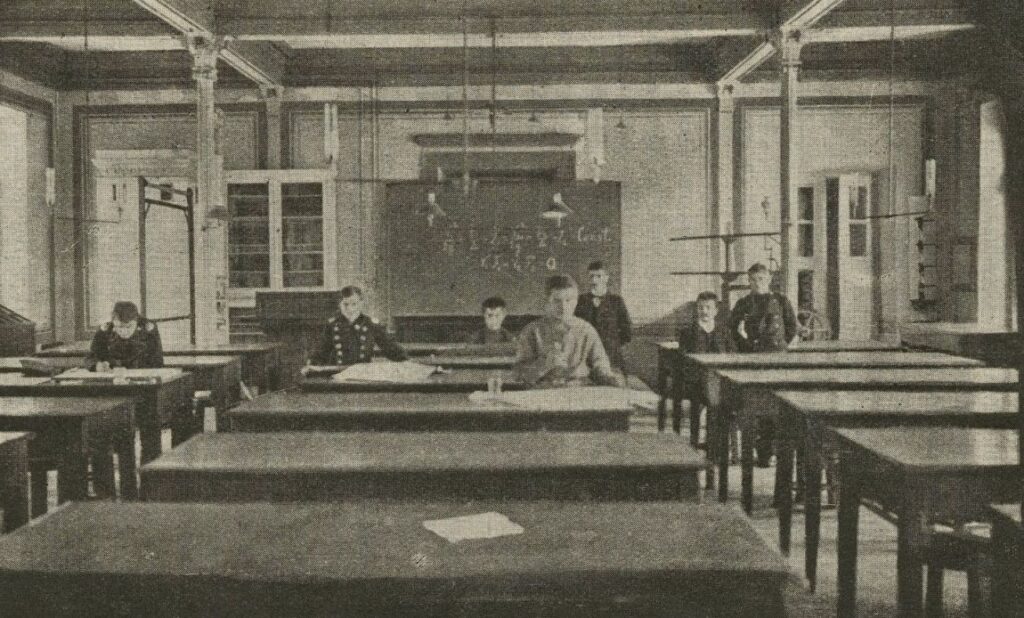
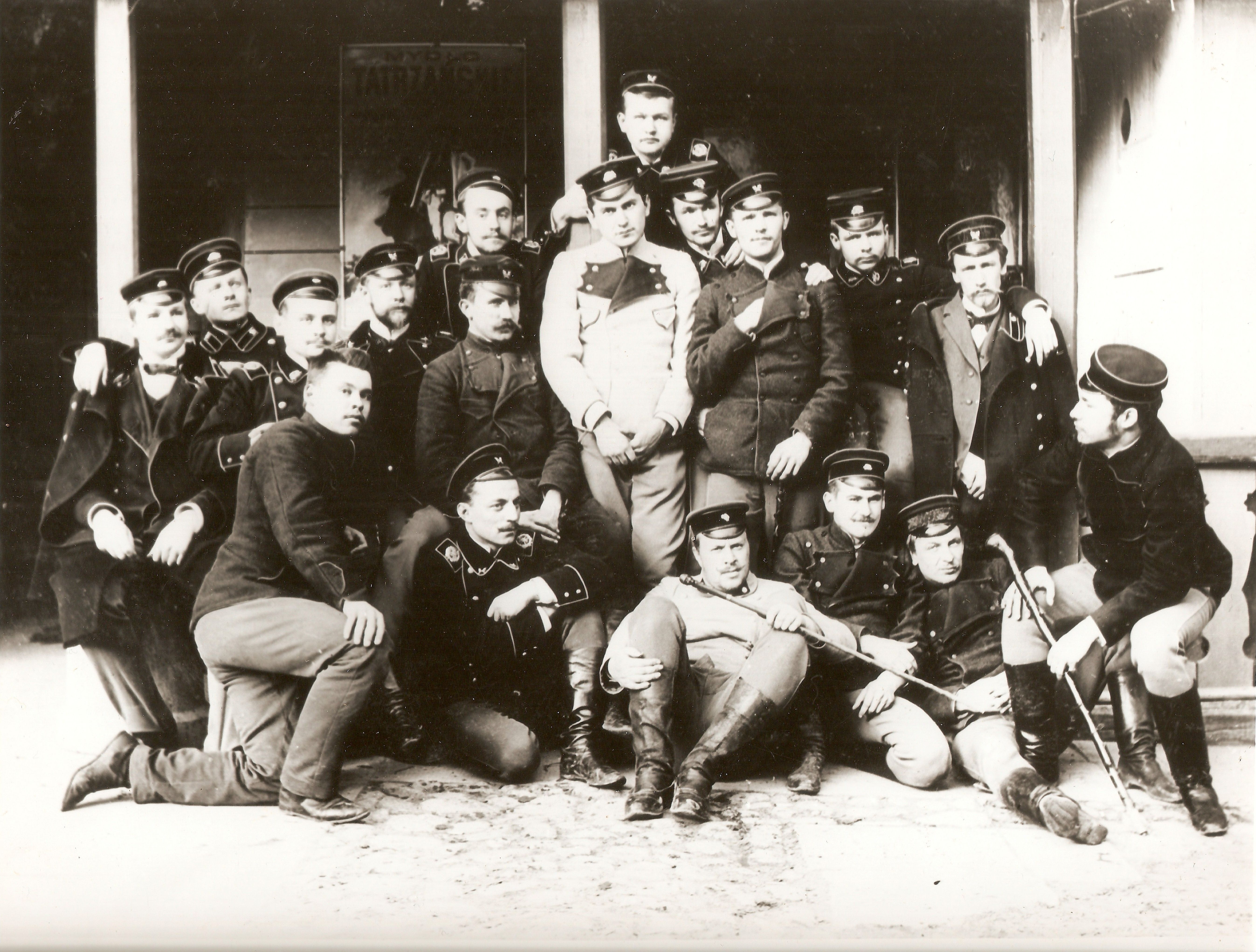

In 1917, i.e. during World War I, on the initiative of Professor Kazimierz Rogoyski, the Scientific Institute of Rural Agriculture was established in Puławy in the area then under Austrian occupation. In 1918 the institute began its activity. After the Polish-Bolshevik war, in 1921, the name of the institute was changed to the State Scientific Institute of Rural Economy (PINGW).
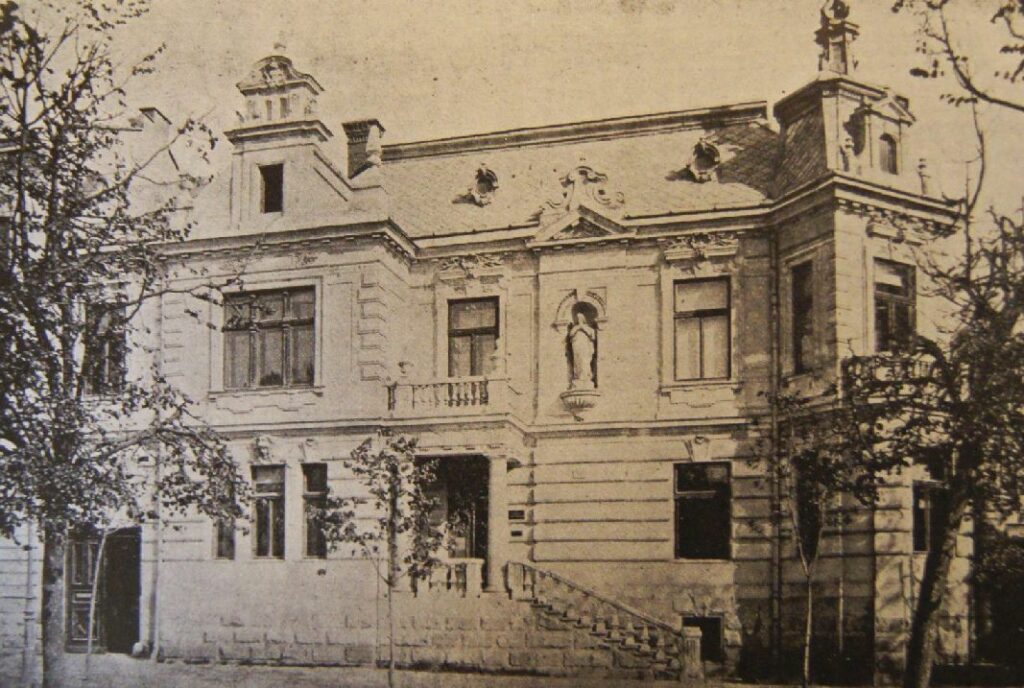
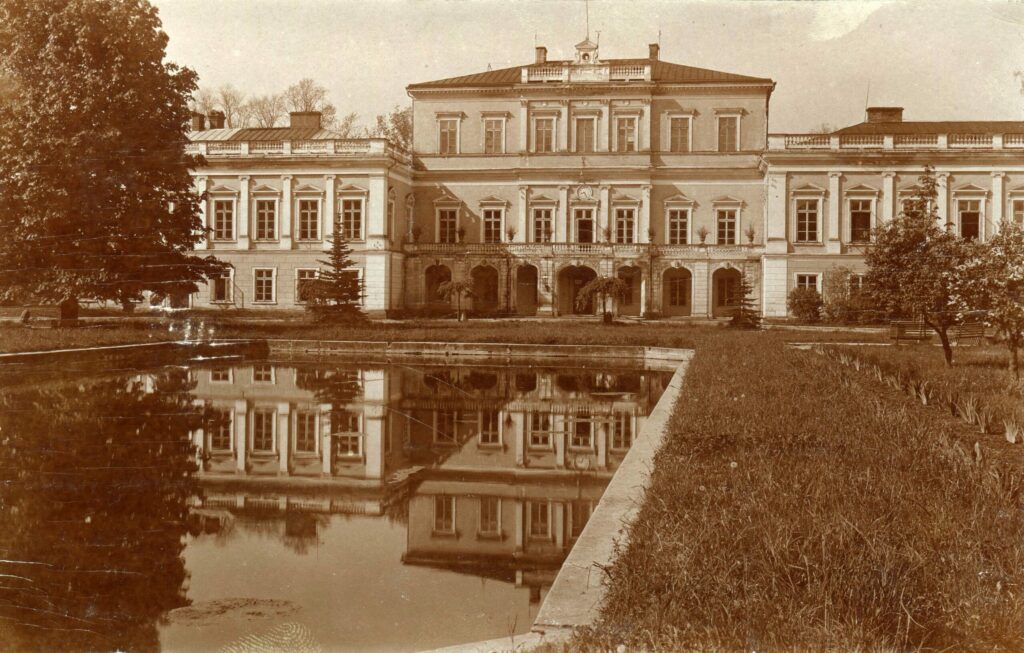
PINGW was the only agricultural institute in Poland, having its own organizational units in the whole territory of the then Republic of Poland. It conducted agricultural and environmental research, as well as organizational and economic research all over Poland. Important determinants of the tasks for PINGW were: the current state of Polish agriculture, diversification of agriculture as a legacy of the partitions, the necessity of reducing disproportions in the level of agricultural culture and living conditions of the rural population.




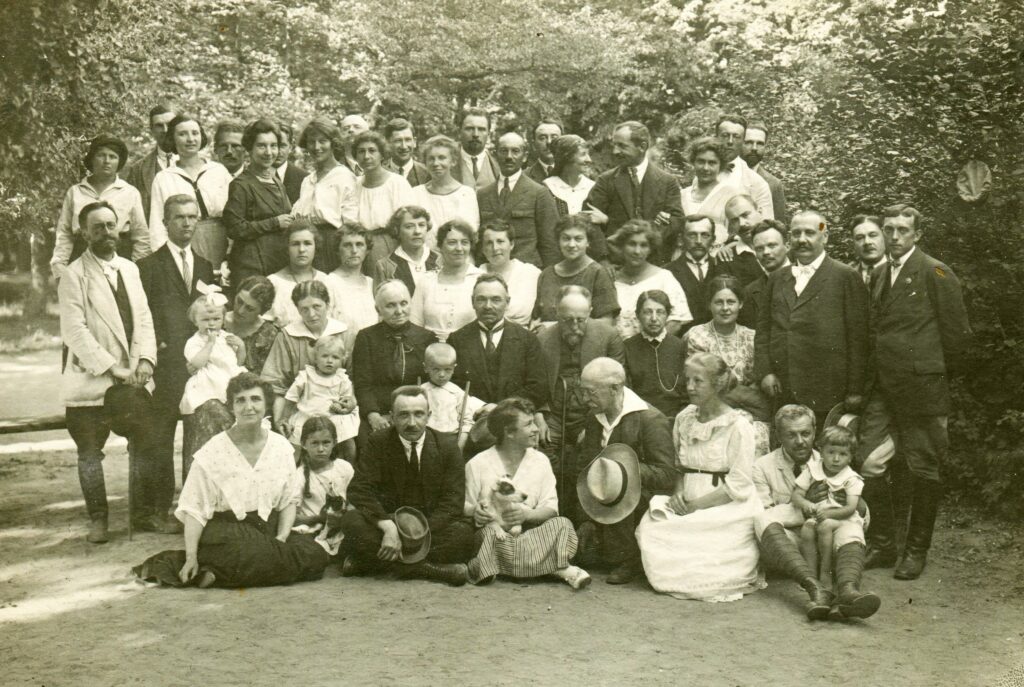
The role of PINGW is defined in more important provisions of the Statute showing its mission. The proof of this is in the wording of §2. „The task of the Institute is: to scientifically solve issues which are of particular importance to the state action in the field of agriculture; to carry out works which are important for the needs of Polish agriculture; to provide assistance in the field of science and research to local authorities, social agricultural organizations, scientific and experimental institutions and people who work scientifically in the field of a rural farming; to carry out works and scientific research in the field of a rural farming in order to comprehensively develop knowledge and agricultural science”.
In 1937-1939 the following departments functioned within PINGW: Soil Science, Agriculture, Horticulture, Plant Diseases and Plant Pests, Animal Production, Veterinary, Small Farm Economics. Within the departments there were sub-departments and studios. The organizational structure of PINGW was subject to many changes. The existing departments later became the basis of separate institutes. Between 1939 and 1944, the PINGW employees became employees of the Agricultural Research Institute of the General Government by decision of the German authorities. Their attitude was described by the words of Professor Michał Strzemski:
Many employees of PINGW and the agricultural fraternities attached to the Pulawy Institute tried not to waste their time. During the occupation, many valuable scientific dissertations were written. The disclosure of research results to the Germans always followed certain rules. All the results, which could be useful to the occupier in the coming years, were concealed. Attempts were also made not to reveal more serious fragments of theoretical achievements that German science could have appropriated.
The main areas of the PINGW’s research in 1918-1950 focused on:
- soil science and soil cartography,
- agro-meteorology,
- agricultural microbiology,
- agricultural chemistry and fertilization,
- tillage, permanent grassland management,
- plant breeding (Puławy cultivars),
- animal breeding (Puławy breed, pigeon breed),
- zootechnics,
- feed assessment and animal nutrition,
- veterinary medicine,
- vegetable farming,
- horticulture,
- agricultural economics,
- agricultural accounting,
- agricultural and field experience.
The main directions and forms of influence of PINGW supporting consulting and agricultural practice in 1918-1950 were implementation of progress in agriculture and cooperation with landowners. The aim of PINGW’s activities was to develop the knowledge of agriculture, taking into account the regional specificity of agriculture and the diversity of farms, provide the latest agricultural knowledge resulting from research, use experimental plants as model farms and agricultural culture centres, as well as overcome the underdevelopment of Polish agriculture.
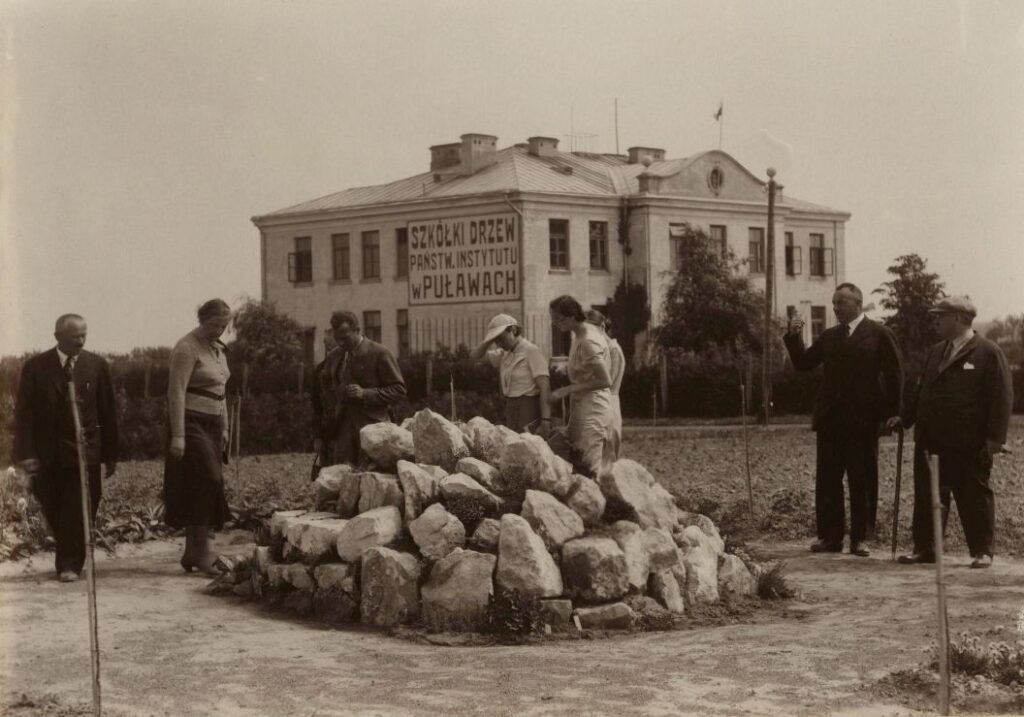
After the Second World War, „PINGW as a whole played an important role in the establishment of higher education and agricultural sciences in Lublin and Wroclaw in general and, thanks to Prof. Boleslaw Swietochowski, contributed to the establishment of a school of agricultural science, which gave rise to new disciplines of agricultural sciences”.
In 1950, the former PINGW was transformed into the Institute of Plant Breeding and Acclimatization – first in Puławy, later in Warsaw (Radzików), the Institute of Soil Science and Plant Cultivation in Puławy, the Institute of Land Improvement and Grassland in Falenty, the Institute of Plant Protection in Poznań (with an exposition in Puławy), the Institute of Pomology in Skierniewice, Institute of Zootechnics in Cracow, Institute of Mechanization and Electrification of Agriculture in Warsaw, Institute of Agricultural Economics in Warsaw, Institute of Inland Fisheries in Olsztyn, Central Agricultural Library in Warsaw with a branch in Puławy. Besides, the Central Agricultural Institute in Warsaw was established. Its task was to coordinate the activities of all institutes, conducting comprehensive own work in some areas.
Earlier, in 1945, the State Veterinary Institute (PIWet) was established by a decree of the Minister of Agriculture and Agricultural Reform, which renamed the Veterinary Institute (Iwet) in 1955. The original name was returned to the Institute in accordance with its new statute, received in 1995.
Today
Currently, the Institute is a member of the consortium that runs the Doctoral School of Sciences and Humanities. Maria Curie-Skłodowska University in Lublin is the leader, while the Bohdan Dobrzański Institute of Agrophysics of the Polish Academy of Sciences in Lublin (IA PAN) and the Institute of Soil Science and Plant Cultivation – State Research Institute in Puławy are partners in running the doctoral school, which educates in six scientific disciplines. Disciplines such as mathematics, biological, chemical and physical sciences, as well as earth and environmental sciences are taught at Maria Curie-Skłodowska University in Lublin, while the discipline of agriculture and horticulture is taught by IA PAN and IUNG-PIB.
During the 70 years of its activity, the Institute has played a significant role in creating technological progress in plant production in Poland. It also prides itself on a number of achievements in the research of formation and protection of the agricultural and natural environment, as well as achievements in fertilization and plant nutrition, biochemistry, agricultural microbiology and economics and organization of production.
The position and achievements of IUNG-PIB are results of the commitment, creativity and effort of all employees, the kindness of the Ministry of Agriculture and the support of the institutions and cooperating organizations, both domestic and foreign. They constitute a great capital and create a strong basis for shaping and further improving the activities of this extremely meritorious scientific institution for agriculture and the entire Polish economy.
The results of IUNG-PIB research and more important works for the economy, carried out in cooperation with advisory centres, were awarded numerous prizes of the Minister of Agriculture and Rural Development.

